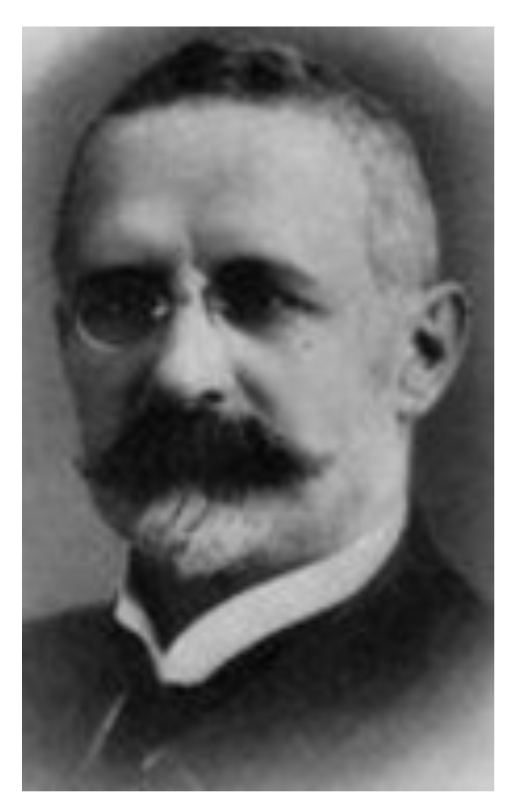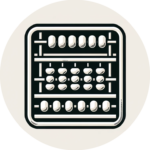MADAS, 1913
Inventor
Model derived from X. THOMAS DE COLMAR arithmometer
Invention date
Unknown
Manufacturing date:
1913
Manufacturing location
USA Patent 1913
Manufacturer
HW EGLI
Dimensions
L 61 H 15 W 20
Reference Number
056

History and Functionality
This machine was built in the United States around 1913, using the principle of X. THOMAS of COLMAR’s arithmometer. Its objective is to make the instrument more robust for more intensive use. Wood is replaced by metal. Cursors that move in a straight line are later replaced by a system of keys.
MADAS stands for: Multiply Automatically Add Subtract
This machine is best characterized by a significant improvement to division. Just after posting the dividend on the result mechanism, using the knurled knobs and the divider on the setting mechanism turn the crank until a bell signals the end of the operation. For division it is no longer necessary to slide the movable carriage by hand. It also contains a lot of technical features to prevent human error.
The machines were produced from 1908 to 1968 (60 years). From 1922 they were equipped with an electric motor to reduce the effort of repeated cranking.
About The Inventor
The MADAS, a computing device, was the brainchild of Swiss engineer H.W. Egli (1862-1925). It originated in Munich in 1893 under Egli’s direction. In 1898, Egli relocated to Switzerland, establishing a workshop in central Zurich, and later in 1904, he moved to Wollishofen, which at that time was an independent municipality.
Egli’s objective was to innovate and commercialize a computational apparatus. He was closely associated with Otto Steiger (1858-1923), a talented engineer from St-Gallen. Inspired by the earlier work of Léon Bollée, Steiger devised a calculator capable of direct multiplication, avoiding the repetitive addition method. In 1892, Steiger was granted a patent for this invention, which uniquely used a mechanical format to represent multiplication tables and generate partial products. This concept drew on a patented idea from 1878 by Ramon Verea, involving a notched Pythagorean table to read values.
In 1911, a new conceptualization for a calculating device was introduced, focusing on stepped drums. This design echoed the style of the Thomas Arithmometer and incorporated enhancements by Erwin Jahnz, a German engineer residing in Zurich. The production of this refined machine, named “MADAS” (an acronym for Multiplication, Automatic Division, Addition, and Subtraction), commenced in 1914. Between 1914 and 1922, various models were launched, each less bulky than the Millionaire model but still sizeable.
Enhancements to the machines were continuous post-1922. During this era, two distinct production lines were maintained: one for the Millionaire and another for the MADAS. Post-1960, the production of MADAS gradually decreased.
By 1970, H.W. Egli’s company ceased operations. In the years leading up to this, limited production occurred, primarily focusing on selling from existing stock.

